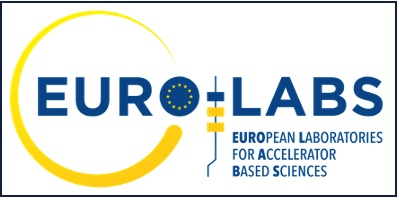Description
Kinetic instabilities in ECR plasmas can significantly affect the output of the ion source, leading to temporary drops in beam quality and current. This can have adverse effects on experiments making use of these beams. As part of the EUROLABS – ERIBS effort to optimise the performance of ECRIS and avoid interruptions in performance, the LNS-LNL task force is focused on developing experimental and computational tools to map the onset of instabilities to the operating conditions of the plasma. We present here updates on the status of the experimental setup which will be used to characterise the spatial and temporal evolution of ms-scale short-term kinetic instabilities and alert the operator to disruptions in source operation. The setup comprises of a set of non-invasive diagnostics based on detection of broadband radiation in RF, visible and X-ray domains. The visible range diagnostic includes a high sensitivity PIN detector with ultrafast response (~1.5 GHz) which can detect the optical transient accompanying the instability. Both visible and X-ray diagnostics will be triggered by signals from RF diode which will first detect the onset of instability. The setup is proposed to be a cost-effective method to monitor the plasma but can also be coupled with PIC simulations to computationally identify stable regimes of ECRIS operation which can further our understanding of these devices
| Work-package | WP2 - RIs for Nuclear Physics |
|---|---|
| Facility identifier | INFN LNL-LNS |
